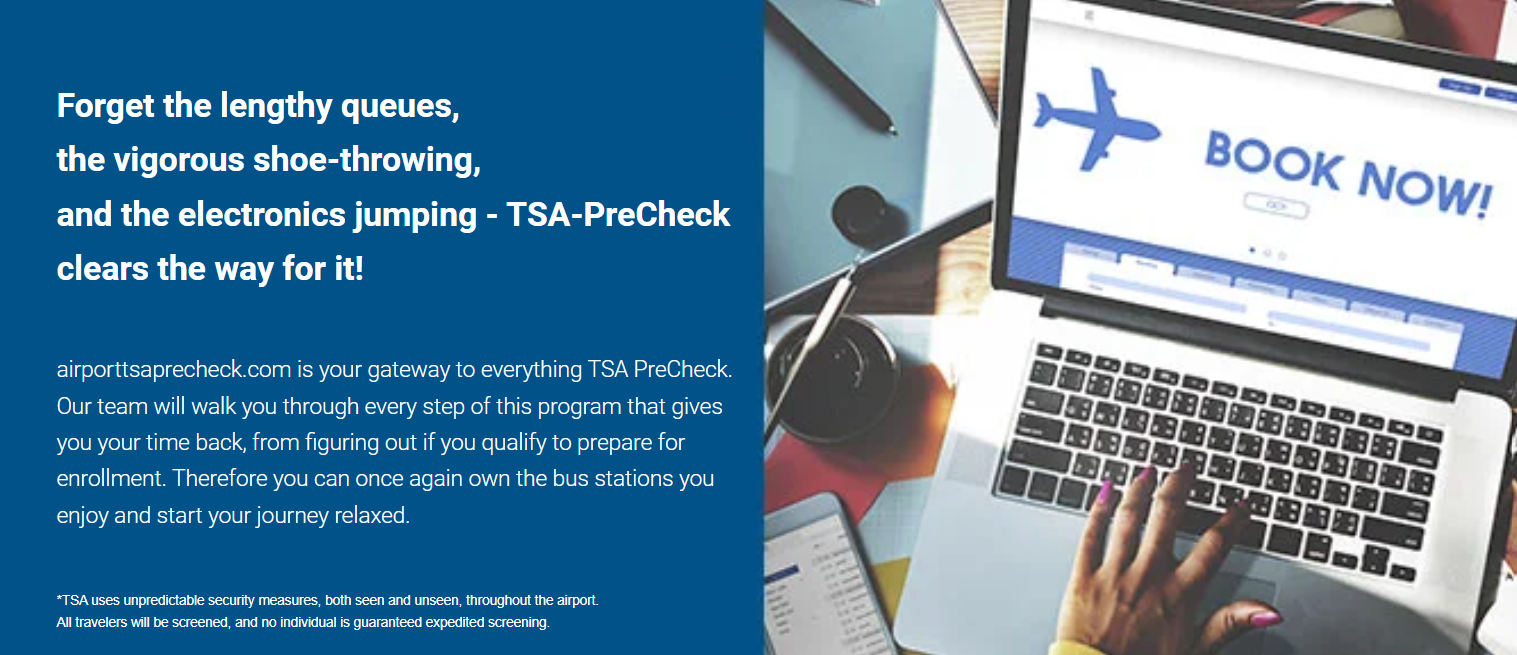
When it comes to air travel, packing can be one of the most stressful aspects of your journey. Knowing what you can and cannot bring on a plane is crucial to avoid unnecessary delays, confiscations, or fines at security checkpoints. This guide will provide a detailed overview of what you are allowed to bring in your carry-on and checked luggage, along with tips for a hassle-free experience at the airport.
1. Understanding TSA Regulations
What Can I Bring With Me on a Plane , The Transportation Security Administration (TSA) is responsible for maintaining security at U.S. airports. They have established guidelines on what items are allowed in carry-on and checked baggage. These rules are designed to keep everyone safe, and understanding them will help you pack efficiently and legally.
Carry-On Luggage: What You Can Bring
Your carry-on bag is the luggage you bring with you onto the plane. It typically includes essentials you'll need during the flight, such as:
Personal Items: This includes your wallet, passport, tickets, and any documents you might need for your journey. You can also bring personal electronics like smartphones, laptops, and tablets. Remember that all electronic devices must be removed from your bag and placed in a separate bin for security screening.
Clothing: You can pack clothing items in your carry-on, but be mindful of space. A light jacket or sweater is a good idea, as planes can get chilly.
Books and Entertainment: Bring a book, magazine, or any other form of entertainment to keep yourself occupied during the flight.
Liquids, Gels, and Aerosols: The 3-1-1 Rule
One of the most well-known TSA rules is the 3-1-1 rule, which governs how you can bring liquids, gels, and aerosols in your carry-on:
3.4 ounces (100 milliliters) or less per container: All liquids, gels, and aerosols must be in containers of this size or smaller.
1 quart-sized, clear, resealable bag: All your liquid containers must fit inside a single quart-sized bag.
1 bag per passenger: You are only allowed one quart-sized bag in your carry-on.
This rule applies to items like shampoo, toothpaste, and lotions. If you have liquids that exceed these limits, they must go in your checked luggage.
Medications and Special Needs Items
Medications, baby formula, breast milk, and food for special dietary needs are exempt from the 3-1-1 rule, but they must be declared at the security checkpoint. These items will be screened separately, so it’s a good idea to pack them in an easily accessible part of your carry-on.
Food and Snacks
You are allowed to bring food and snacks through security, but any liquids or gels (like yogurt or dips) must adhere to the 3-1-1 rule. Solid foods like sandwiches, fruits, and chips are generally allowed without restriction.
Sharp Objects and Tools
Sharp objects such as knives, scissors, and tools are generally prohibited in carry-on luggage. However, there are some exceptions:
Scissors: Blades shorter than 4 inches from the pivot point are allowed.
Tweezers and Nail Clippers: These are permitted.
Tools: Tools that are 7 inches or shorter in length are allowed in carry-on bags.
Larger sharp objects and tools should be packed in your checked luggage.
Electronics
Laptops, tablets, e-readers, and other large electronic devices must be removed from your carry-on and placed in a separate bin during security screening. Smaller electronics, like phones and cameras, can stay in your bag. Make sure your devices are charged, as you may be asked to turn them on during screening to verify they are not a security threat.
2. Checked Luggage: What You Can Bring
Checked luggage refers to the bags you hand over to the airline at the check-in counter. These bags are stored in the plane’s cargo hold and are not accessible during the flight. This is where you should pack items that are too large, too heavy, or not allowed in your carry-on.
Liquids and Gels
There are no size restrictions for liquids and gels in checked luggage. You can pack full-sized bottles of shampoo, lotion, and other liquids without worrying about the 3-1-1 rule. However, be mindful of weight limits and check with your airline for any specific restrictions.
Sharp Objects and Tools
Larger sharp objects and tools, such as kitchen knives, scissors with blades longer than 4 inches, and power tools, must be packed in checked luggage. Ensure these items are securely wrapped to prevent injury to baggage handlers or damage to other items in your bag.
Prohibited Items in Checked Luggage
While checked luggage is less restricted than carry-on, certain items are still prohibited:
Firearms and Ammunition: Firearms are allowed in checked luggage, but strict regulations apply. The firearm must be unloaded, packed in a hard-sided, locked case, and declared at the check-in counter. Ammunition must be packed in its original packaging or a similar secure container. Always check with your airline and the TSA for specific guidelines before traveling with firearms.
Explosives and Flammable Items: Items like fireworks, flares, and flammable liquids (e.g., gasoline, lighter fluid) are strictly prohibited.
Lithium Batteries: Spare lithium batteries, power banks, and electronic cigarettes are not allowed in checked luggage due to the risk of fire. These items must be packed in your carry-on.
3. International Travel: Additional Considerations
When traveling internationally, it’s important to be aware that each country may have its own set of regulations regarding what can be brought into the country. Here are a few tips for international travel:
Check the Customs Regulations
Before you travel, check the customs regulations for your destination country. Some items that are allowed in your home country may be restricted or prohibited elsewhere. Commonly restricted items include certain foods, plants, and animal products.
Duty-Free Purchases
If you plan to purchase duty-free items at the airport, be aware of restrictions on bringing them into other countries. Liquor, perfume, and other liquids purchased at duty-free shops must adhere to the 3-1-1 rule if you have a connecting flight.
Cultural Sensitivity
Be mindful of cultural differences when packing. For example, certain medications that are legal in one country may be illegal in another. Always check the local laws regarding prescription and over-the-counter medications before traveling.
4. Packing Tips for a Smooth Journey
Here are some additional tips to help you pack efficiently and avoid common pitfalls:
Use Packing Cubes
Packing cubes can help you organize your luggage and maximize space. They’re especially useful for keeping your carry-on bag tidy and making it easier to find items during your flight.
Weigh Your Luggage
Before heading to the airport, weigh your checked luggage to ensure it meets your airline’s weight restrictions. Overweight bags can result in hefty fees.
Label Your Bags
Attach a luggage tag with your contact information to all your bags, including carry-on and checked luggage. This helps ensure your bags are returned to you if they’re lost.
Know Your Airline’s Policies
Different airlines have different baggage policies, including size and weight limits for carry-on and checked luggage. Check your airline’s website before you travel to avoid surprises at the airport.
Plan for Security Screening
Pack your carry-on in a way that makes it easy to remove electronics, liquids, and other items that need to be screened separately. This will speed up your time through security and reduce stress.
5. Conclusion
Understanding what you can bring with you on a plane is essential for a smooth and stress-free travel experience. By familiarizing yourself with TSA regulations and your airline’s baggage policies, you can pack efficiently and avoid common travel hiccups. Whether you’re flying domestically or internationally, being well-prepared will help ensure your journey is as pleasant and hassle-free as possible. Safe travels!



















Write a comment ...